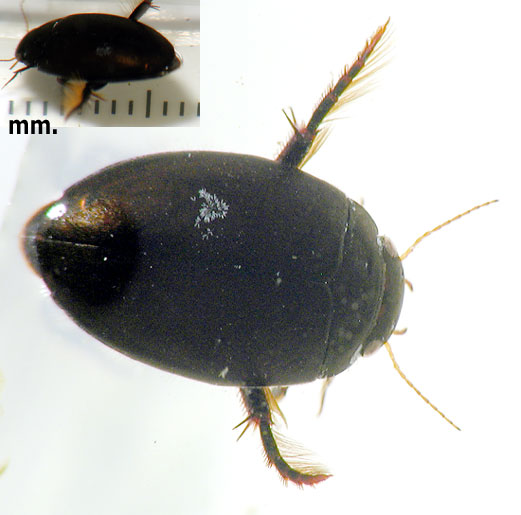

Occasionally provide a source of moisture carrot slices are ideal, but don’t overdo this as mould might develop and this can be a real problem for the mealworms. Keep the culture warm (25–30☌) because if it becomes too cold the mealworms will stop growing and breeding, and if they become too hot they will die. You will now have to wait for several weeks before the pupae are formed and, subsequently, the beetles. Place pieces of sacking, twisted corrugated cardboard, broken -up egg carton or slices of dry bread for the beetles to socialise on. Put a 2–3cm layer of bran and/or rolled oats into your container, and add say 100 mealworms (which you will need to purchase as your founding stock). A suitable source of moisture (for example, slices of apple, carrot, cucumber or courgette).

Food supplements as available (yeast powder, wheat germ, feathers, dry meat scraps, etc.).Pieces of sacking, broken-up egg carton or slices of dry bread on which the beetles can clamber and lay their eggs.A bag of wheat bran and/or porridge oats, which provides both bedding and food for your livestock.Make holes in the lid, or make a mesh lid, in order to provide sufficient ventilation for the mealworms plastic buckets or large round biscuit tins (these should be at least 25cm in diameter and 20cm deep). One, or better still two, containers – e.g.The first thing that you should do is sort out the equipment and other materials that you are going to need as a mealworm ‘farmer’. Mealworms are, however, catholic in their tastes and will also tackle meat scraps and other carrion, feathers and the bodies of dead insects. Another less common but similar species, the Dark Mealworm Tenebrio obscura is sometimes used, the larva being somewhat smaller in size.īoth species are natives of Europe but have long been distributed worldwide, where they occur in undisturbed damp grain and other cereal products. It is the larvae of the Yellow Mealworm Tenebrio molitor that are used widely as food for wild birds, as well as captive birds, reptiles and amphibians. Mealworms are not worms but the larval stage of a beetle. You also need somewhere that is relatively dark and undisturbed, with a steady, moderately warm temperature (ideally around 25☌). However, it must be said that patience is essential as it takes four months or so before your mealworm culture starts to produce a steady and continuous supply of fully grown mealworms.


 0 kommentar(er)
0 kommentar(er)
